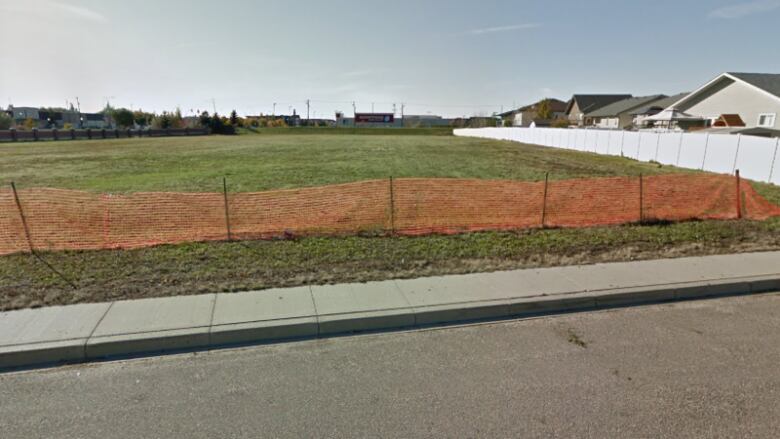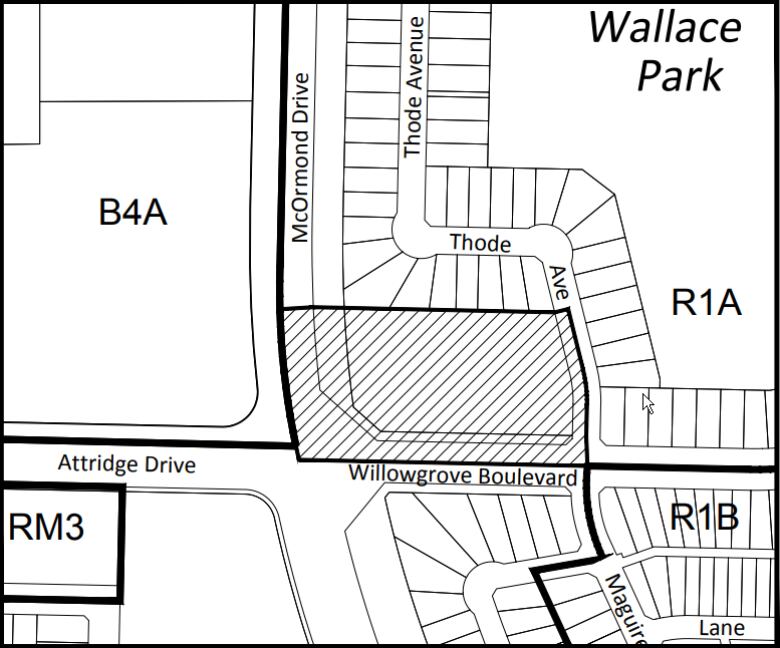Willowgrove church spat Nimbyism shows the problem with public consultation

Winston Churchill once famously said, "democracy is the worst form of government, except for all other forms." You could say something similar about public consultation: there is only one thing worse than public consultation, and that is no public consultation.
This new adage has been proven by the controversy over the proposed rezoning of a piece of Willowgrove property. The land was originally slated to have a church, but the city is being asked to rezone it for townhouses. City council is scheduled to discuss the proposal Monday night.
Without question, city hall should always consult the public on matters which have significant impacts on the community. People who work and live in our community can provide important suggestions and insight.
However, public consultation can also yield poor results. Take the public hearing earlier this year about the Willowgrove site. The arguments made by the residents against the rezoning was nothing but classic, pure Nimbyism.
'Not in my backyard'
The term "Nimby" is an acronym of "Not in my backyard." Nimbyism rears its head time and time again when infill development is proposed.
Nimbyist arguments are usually not backed up or based in fact. The typical objections are:
- Negative traffic impacts
- Lower property values.
- Not enough parking.
- No architectural controls.
- Type of people and income levels.
- Too much density.
StrongTowns.org refers to these arguments as Public Hearing Bingo. These arguments are a repeated pattern in all public hearings over land use change. It's highly predictable.
Infill important to Saskatoon's future
Willowgrove residents seemed content to leave this site vacant until a group was found to build a church on the site. If people think a place of worship does not pose any potential for traffic or land use conflicts, they should refer to the place of worship and school in Grosvenor Park which has been causing unresolved land use issues in that neighbourhood for years.
It seems odd how City Council unanimously approved a more contentious rezoning in Nutana earlier this year. That rezoning would allow the demolition of a church and the construction of a seven-storey condo development in much closer proximity to existing homes. Yet they "deferred" the more clear-cut decision for a low-density townhouse development in Willowgrove.
Public objections based on fear, speculation, and conjecture clearly played a role in deferring the Willowgrove rezoning.- Alan Wallace
The unanimous decision by Council to support the development in Nutana was bold, was opposed by many people, and was rooted in the need to make the right decision in the overall best long-term interests of the city. It sent a message that infill was important to Saskatoon's future.
Conversely, the townhouses proposed in Willowgrove had complete support of city administration, conformed with the adopted neighbourhood concept plan, would be limited in density, was confirmed (by experts) to not have negative traffic impacts, has height limitations, amenity space requirements, off-site parking requirements, landscaping requirements and so on.
The proposed development is also located on a corner site at the entry point to the neighbourhood. Across the street is a retail commercial development. The proposed development is nowhere near the centre of the neighbourhood and any traffic is likely to exit using the adjacent arterial roadway.
'Show everyone the development'
So why did this rezoning not receive full support from the majority of Council?
The answer is simple. If anyone watched the 1 hour and 45 minute public hearing, it was painfully obvious that Councillors wanted to support the rezoning. But they couldn't.

The reason they couldn't was based on the one difference between the Nutana rezoning and this one. In the case of Nutana, everyone could see exactly what was being built right down to colour and details. Meridian Developments spent countless hours creating a very attractive building which was sensitive to the low-density character of Nutana. They did a great job showing everyone that this building would add value to the neighbourhood.
In the Willowgrove case, there was no such opportunity to view exactly what would be built on site. Granted, Innovative Residential has a solid reputation. It builds attractive, attainable housing in nearly all neighbourhoods in Saskatoon. Without a doubt, there have been no complaints from anyone regarding their developments. However, standing on this reputation alone is not good enough for infill development.
With the Nutana rezoning, council sent a message that they will support infill development. But that support is not without conditions. As Councillor Block (who courageously supported the Nutana rezoning in her own ward with plenty of opposition) stated, "when infill development occurs in close proximity to existing homes, it must be designed to a very high standard and it must be available for everyone to see."
With the Willowgrove rezoning set to go to council, it would be in the best interests of everyone if a complete rendering of the development is shown to the Willowgrove community and to council.
Public objections based on fear, speculation, and conjecture clearly played a role in deferring the Willowgrove rezoning.
But Council set a new standard for infill development proposals in the Nutana rezoning. Show everyone the development, illustrate how it fits in the neighbourhood, and you are likely to receive Council support.
This column is part of CBC's Opinion section. For more information about this section, please read this editor's blog and our FAQ.












_(720p).jpg)


 OFFICIAL HD MUSIC VIDEO.jpg)
.jpg)



























































































